Search
Search Results
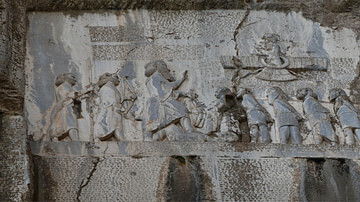
Definition
Behistun Inscription
The Behistun Inscription is a relief with accompanying text carved 330 feet (100 meters) up a cliff in Kermanshah Province, Western Iran. The work tells the story of the victory of the Persian king Darius I (the Great, r. 522-486 BCE) over...
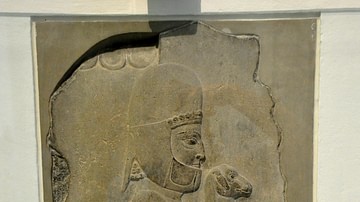
Definition
Medes
The Medes or Medians were a group of Indo-Iranian-speaking people from central Asia who migrated westwards and entered northern Iran around the end of the 2nd millennium BCE. They settled in the highlands of Zagros (Zagreus in Greek) and...
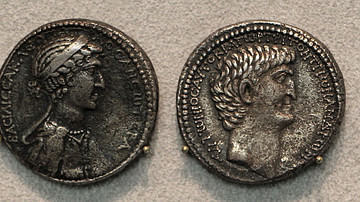
Definition
Alexander Helios
Alexander Helios (40 BCE – c. late 1st century BCE) was a member of the Ptolemaic dynasty, the second oldest son of Cleopatra VII (69 BCE – 30 BCE) and the twin brother of Cleopatra Selene II (40 BCE – 5 BCE). He spent the majority of his...

Image
Power Looms
The power loom was first invented by Edmund Cartwright in 1785 and it doubled the speed of textile production compared to traditional methods. (The American Textile Museum, Lowell, Mass., USA)
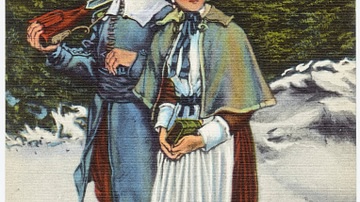
Image
John and Priscilla Alden
Priscilla and John Alden
Linen texture, color postcard by Smith's Inc., Plymouth, Mass.
Date issued: c. 1930-1945 CE
Boston Public Library, Print Department
The Tichnor Brothers Collection
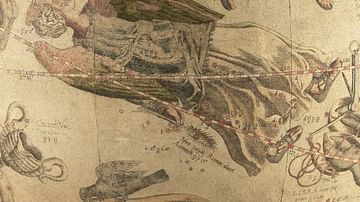
Image
Coma Berenices
On this celestial globe, made by the Flemish cartographer Gerard Mercator (Louvain, 1551), the Coma Berenices (here called “Cincinnus”) is shown between the constellations Boötes (“Bubulcus”) and Virgo; the globe projects the constellations...
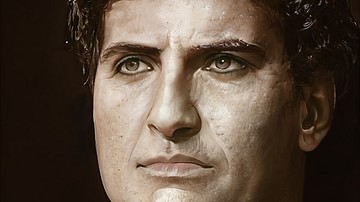
Article
Mark Antony's Parthian Campaign
In 36 BCE, Mark Antony (83-30 BCE) invaded Parthia, hoping to render himself one of the great conquerors of the Greco-Roman world, but he was stymied by Parthian forces and obliged to undertake an arduous, costly retreat. What to make of...
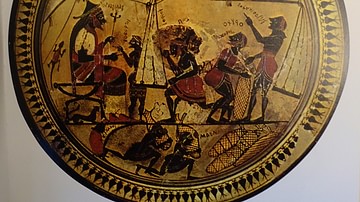
Article
Theophrastus and Pliny the Elder on Silphium
The silphium plant of Cyrene, valued as a seasoning, aromatic, and for its medicinal properties, is referenced by several notable ancient writers, but two of the best-known descriptions come from Theophrastus (l. c. 371 to c. 287 BCE) and...
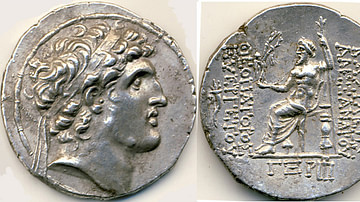
Article
Alexandros I Balas
Alexandros I Balas was a Seleucid king from 152 BC to 145 BCE. As the Seleucid king Demetrius I Soter (162-150 BCE) became more and more unpopular due to his arrogance and drunkenness, it was quite an easy task for the rival kingdoms, such...
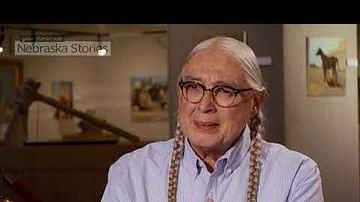
Video
The Return of the Pawnees to Nebraska
Once exiled from Nebraska, the Pawnees are now regaining a presence in their homeland due to a remarkable act of reconciliation. In 2007, Roger and Linda Welsch did what few descendants of European immigrants have ever done in the 500-year...